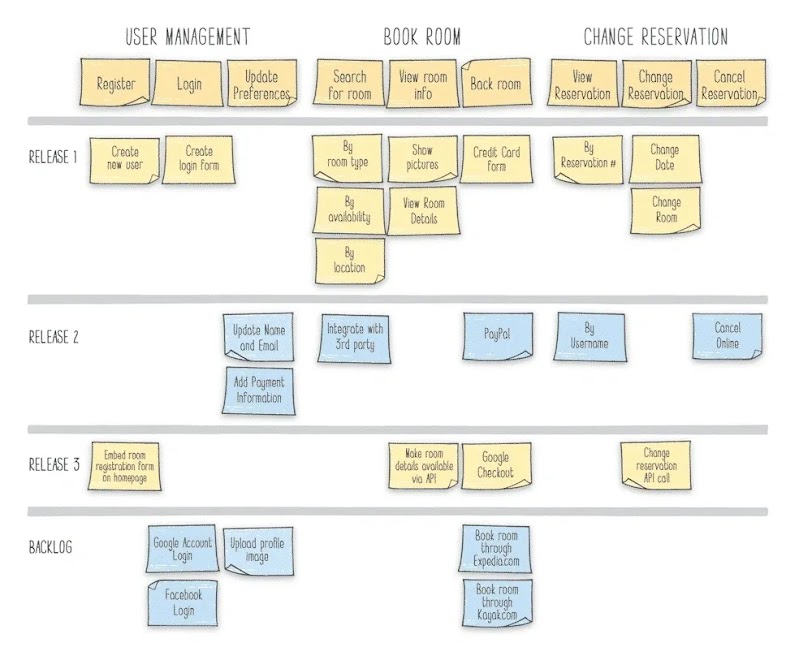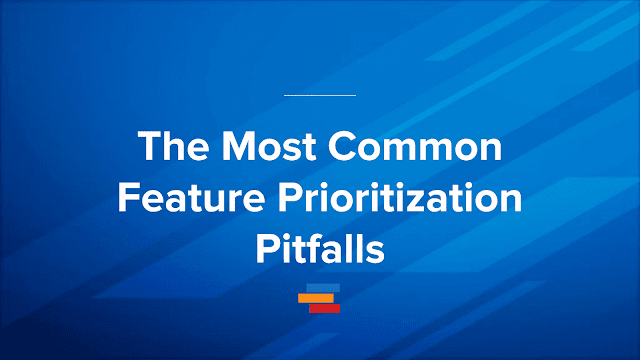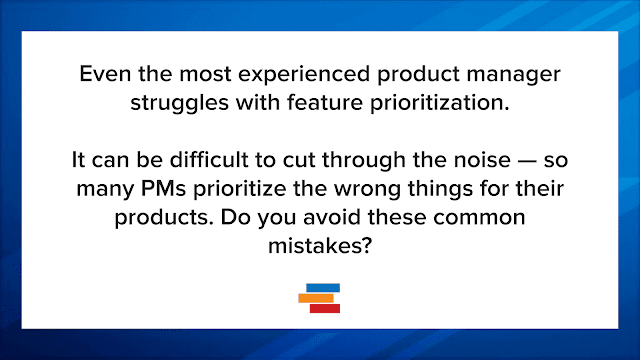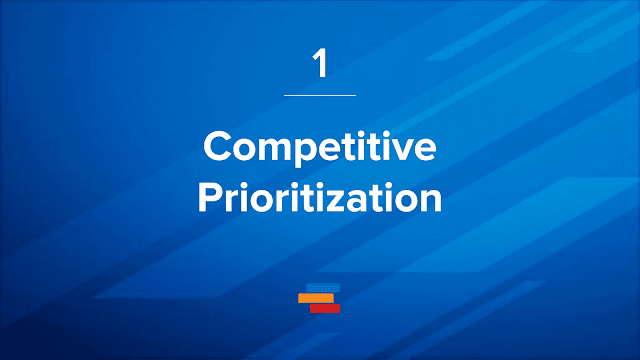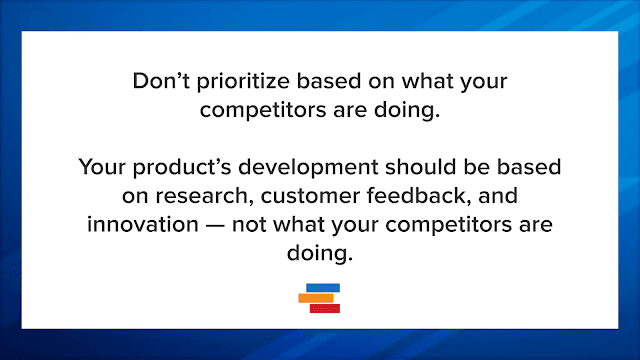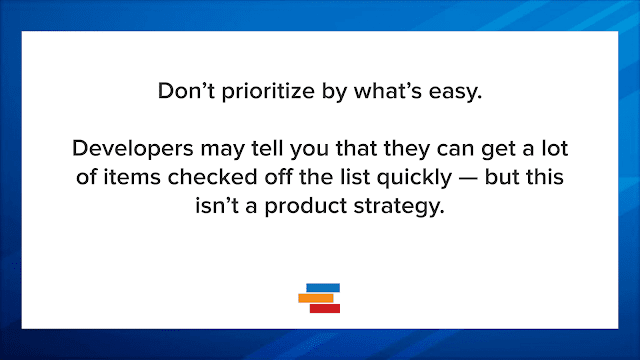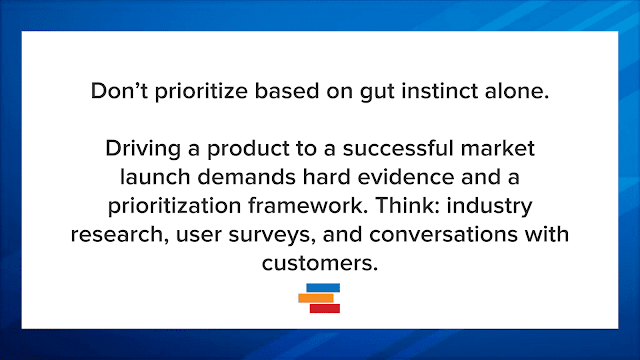Customer research, performed continuously in product-led organisations, is used to identify pain points, uncover problems worth solving, and validate assumptions.
Undertaken proactively, rather than as a result of an unforeseen consequence arising, mixed methods research has emerged as a dominant practice.
No longer esoteric, product-led organisations have been integrating quantitative and qualitative research methods for some time now, and the benefits of combining both types of data are increasingly understood.
Example - Subscription Video On Demand (SVOD)
During the R&D phase of a new SVOD service, quantitative data of video usage metrics and surveys were analysed to help define the target customer at launch. The analysis uncovered an underserved segment of voracious viewers; teenage Hispanic males.It showed they watched significantly more hours of video content per day than their female counterparts.
If the research had ended there, with purely quantitative data driving decisions,an expensive phase of content creation and acquisition would have centred around this demographic. However, combining this data with rounds of focus groups helped to explain why this disparity in viewership existed.
What emerged from the candid discussions were persistent, familial gender roles that meant teenage Hispanic females attended to more domestic duties, such as caring for younger siblings, cooking family meals, and tackling an uneven share of housework. They weren’t inherently less interested in watching videos, they just didn’t have as much time.
This qualitative understanding forced a re-examination of the quant data which found that teenage Hispanic females, despite their time constraints, were actually more highly engaged viewers. They were more likely to obsess over certain shows and stars, consider themselves fans, and watch an entire series over a random collection of user-generated videos online, as their male counterparts were primarily doing.
Had the service been ad-supported, targeting teenage Hispanic males would have made economic sense; the more time a viewer has to watch, the more ads they can be served. But SVOD has different audience dynamics. Retention is more important than watch time, and part of churn prevention is exclusive content that attracts highly engaged viewers. These findings redirected the content strategy towards a different target customer.
As barriers to entry for building software products continue to decrease, the need for continuous customer discovery increases.
What Is Mixed Methods Research?
Quantitative data can be useful for testing objective theories and quantifying defined variables, such as behaviour. As such, it remains the main currency for analysing and optimising product features and use. Whereas qualitative data exposes subjective meanings, uncovers the underlying relationships between variables, and can strengthen or refute observed patterns.
But the benefits don’t end there. Utilising a single research method or type of data when seeking to influence change can be limiting. This holds true for research aimed at promoting policy reform or used to persuade key decision-makers in organisations. Mixed methods research allows the type of data most highly regarded by the intended audience to resonate more strongly, and enhances the validity of the findings to get buy-in for strategic decisions.
There are three main mixed methods approaches, outlined below. The SVOD example from earlier utilised a sequential explanatory approach, where the qualitative data helped to explain and build upon initial quantitative results.
Mixed methods research allows the type of data most highly regarded by the intended audience to resonate more strongly.
There are three main mixed methods approaches, outlined below. The SVOD example from earlier utilised a sequential explanatory approach, where the qualitative data helped to explain and build upon initial quantitative results.
Type
Characteristic
Purpose
Sequential Explanatory
Quantitative data analysis followed by the collection and analysis of qualitative data.
Qualitative data used to help explain the findings of a quantitative study.
Sequential Exploratory
Qualitative data followed by quantitative data collection and analysis.
To explore a phenomenon, develop and test a new instrument, or identify variables.
Convergent
Quantitative and qualitative data collection and analysis is concurrent and complementary.
To confirm, cross-validate, or corroborate findings, to overcome a weakness in using one method.
As barriers to entry for building software products continue to decrease, the need for continuous customer discovery increases. Mixed methods research provides flexibility, ensures all points of view are considered, and collects comprehensive data to tell a more holistic story.
In product-led organisations, where understanding and serving unmet needs creates more value than other approaches, mixed methods will continue to evolve and be deployed to persuade important product decisions and direct strategic vision.
My two favorite resources on the topic are:
Research Methods in Human-Computer Interactionby Jonathan Lazar, Jinjuan Heidi Feng, & Harry Hochheiser. |
Research Design: Qualitative, Quantitative, and Mixed Methods Approachesby Creswell & Creswell. |
https://brainmates.com.au/









